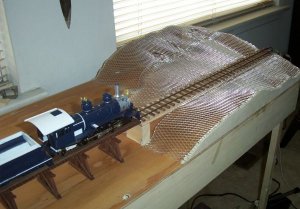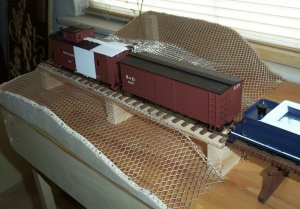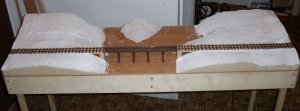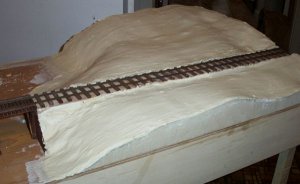Cat: NEVER give up !!! Good idea of On30trk, sounds great, I am interested in switching to On30, modular of course, due to do not need so much and larger scale, but thats another story. Standards are essential if you want the On30trk to proceed on the same lines as N-trak and be as successful in having a person from anywhere being able to attach their module and have it compabltable.
Dammed what anyone else thinks, it is my layout and equipment, I try the best that I can and if someone does not like what I do then don't come over. Yes, I am very open to constructive opinions and suggestions. I am not interested in associating to anyone who just wants to run down other people for whatever reason, this hobby does not need these type of people.
Of course On3 is more popular, look how long it has been around, For what ever my opinions worth On30 is catching up quickly and will surpas On3 in sales very quickly.
I have a few cars and am thinking of doing up a module, what do you think the standards for sizes be, same as N-trak, 2 by 4,6,8 ft ?? How about depth 24 or 30 inches ?? Single line, at present ??
Great ideas Catt, keep them comming..
Just one persons opinion... Ron..
Dammed what anyone else thinks, it is my layout and equipment, I try the best that I can and if someone does not like what I do then don't come over. Yes, I am very open to constructive opinions and suggestions. I am not interested in associating to anyone who just wants to run down other people for whatever reason, this hobby does not need these type of people.
Of course On3 is more popular, look how long it has been around, For what ever my opinions worth On30 is catching up quickly and will surpas On3 in sales very quickly.
I have a few cars and am thinking of doing up a module, what do you think the standards for sizes be, same as N-trak, 2 by 4,6,8 ft ?? How about depth 24 or 30 inches ?? Single line, at present ??
Great ideas Catt, keep them comming..
Just one persons opinion... Ron..





